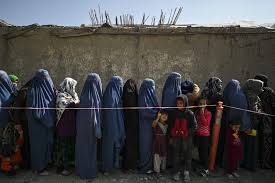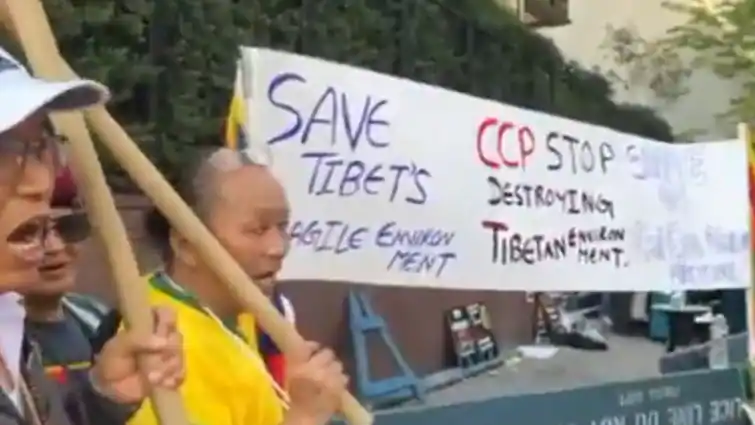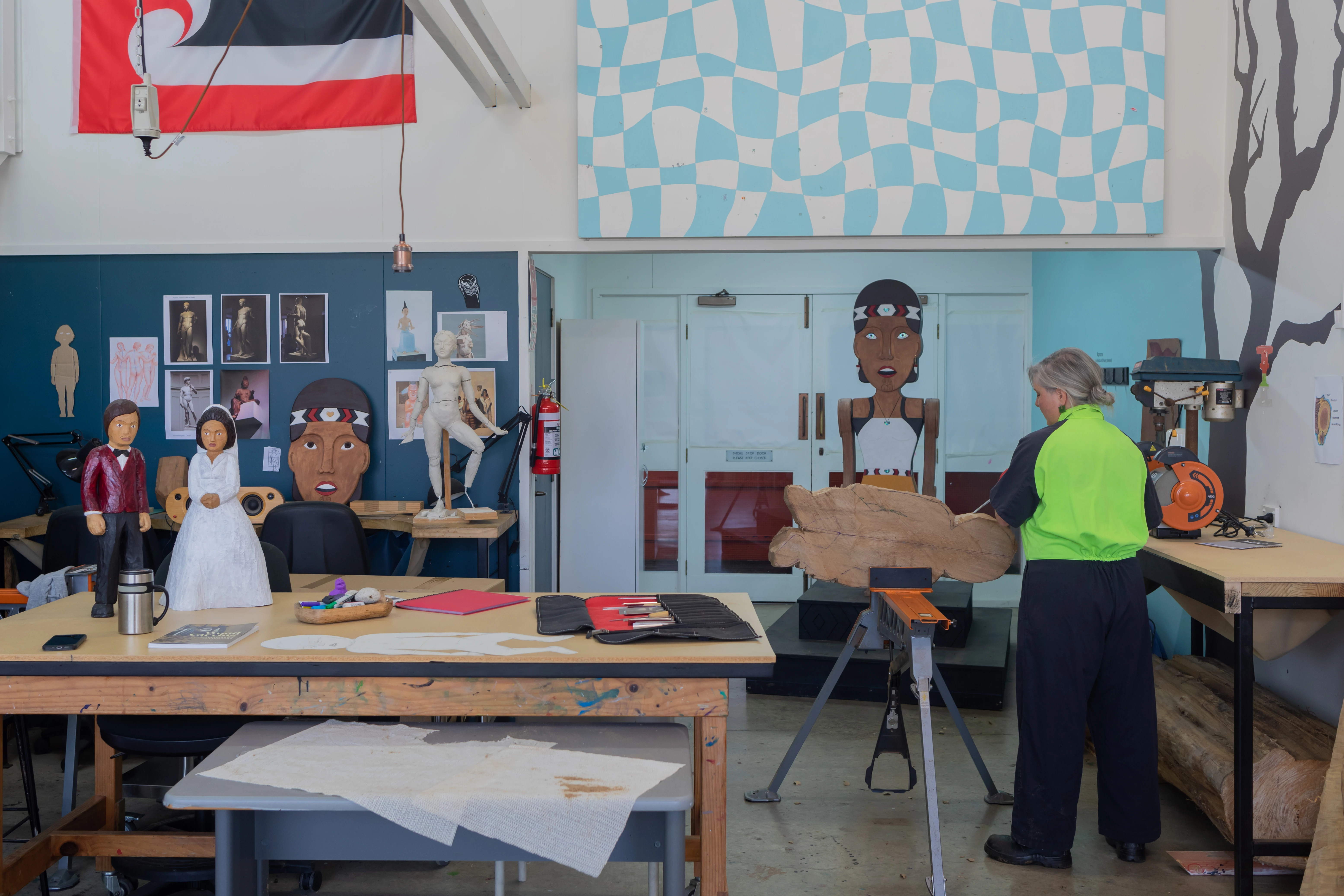Copyright dailytimes

Published on: September 27, 2025 11:57 AM A deadly 6.0-magnitude earthquake struck eastern Afghanistan on August 31, killing more than 2,200 people and injuring some 3,600 in Kunar and Nangarhar provinces. Nearly half a million Afghans have been affected, with rescue and relief efforts still under way three weeks after the tragedy. But even as aid agencies and the Taliban authorities try to respond, Afghan women remain largely absent from the recovery process. Since 2022, the Taliban has barred women from working with NGOs, later extending the ban to the United Nations and other international organisations. Although some groups negotiated limited roles for female staff under male guardianship, women’s participation in humanitarian operations has dropped sharply. The consequences are acute: more than half of the earthquake’s victims were women and girls, according to the UN, yet most of the rescue and medical staff deployed in the region are men. WHO representative Mukta Sharma warned on September 7 that the lack of female aid workers made it harder to reach women in need. Nearly 90 percent of the region’s medical staff are men, while the few women working as nurses and midwives lack training in trauma care. Some women survivors acknowledged that male rescue workers did assist them, and the Taliban insists relief is reaching all victims regardless of gender. Still, the absence of female aid workers has created visible gaps in outreach and medical care, particularly for women in conservative communities. A handful of female healthcare volunteers managed to reach quake-hit areas, highlighting both the resilience of Afghan women and the deep obstacles they face under current restrictions. For many in Afghanistan, the earthquake has laid bare not only the fragility of the country’s infrastructure but also the widening exclusion of women from public life, even in moments of national crisis.



